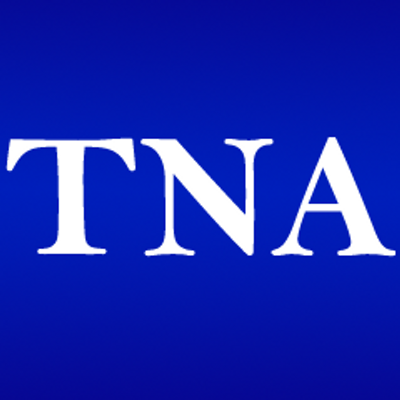
The Egghead Gap
Science and technology support innovation, economic growth, and military might, making them central pillars of geopolitical competition. For the last three decades, the United States has been mostly unchallenged in its role as the world’s leader in scientific and technological research. But in recent years the country has come to face an explicit challenger in China.
As the United States seeks to shore up weaknesses and ensure leadership for this century, we must recognize the key role that global talent plays in driving progress on the frontier, our country’s long history of recruiting this talent, and how to fully leverage this advantage with a more proactive approach.
Our German Scientists
Why some countries stay at the cutting edge of science and emerging technologies is a complex question, the topic of countless books and historical studies. But one crucial factor is the sheer number of smart, talented people they have.
Like any other industry, research requires physical capital and infrastructure: powerful computers to store and analyze data, state-of-the-art research labs with expensive equipment, a capable manufacturing industrial base. But to some extent these are all second-order consequences of technological and scientific advancement. Creating the next generation of microprocessors, making breakthroughs in computer-vision algorithms, building the most efficient solar panel, or developing the highest-performance rocket launch system requires the most brilliant minds in those fields working together, usually in a closely connected intellectual community.
Put differently, superstar talent is the most precious resource in the process of producing innovation. The cost of capital is at an all-time low for governments, so plowing billions into the development of physical infrastructure is not in principle prohibitive. But the world’s geniuses are inherently scarce, and so their choice of where to live and work is critical. The advantage to a country that attracts geniuses compounds over time, as clusters form around them — talent attracts more talent — which helps all the individuals and firms in such clusters become more productive than they would be in isolation.
Historically, competition over top talent has been a major component of conflict between great powers, and has been especially important for the United States. In many ways, the twentieth century is a story of how America rose to technological and scientific heights by recruiting and integrating the top minds of its rivals. In 1900, the United States was considered a bit of an intellectual backwater, with the strongest scientific work happening in Europe. German research universities in particular were the envy of intellectuals in America and around the world. But between 1930 and 1960, the United States received a massive injection of scientific talent from Germany and Austria, arguably the largest intellectual transfer of the modern era.
This talent transfer happened in a few waves. The first came in the 1930s with the Nazi persecution of Jews and political dissidents, who were dismissed from university posts and fled. According to the German economist Fabian Waldinger, this group included 15 percent of German physicists, whose publications accounted for 64 percent of German physics citations. The Institute for Advanced Study at Princeton University took it upon itself to actively recruit these academics and help them find positions in the United States. Some of them — intellectual superstars like Edward Teller, John von Neumann, Leo Szilard, and Albert Einstein — made the Manhattan Project possible. Describing the importance of these scientists to the Allied war effort, Churchill’s military secretary Sir Ian Jacob is said to have remarked that the Allies won “because our German scientists were better than their German scientists.”
The migration of these luminaries to the United States also improved the productivity of the native-born American scientific community. A 2014 paper on the impact of this wave of talent examined chemical patents as a case study and found that the influx of German émigrés led to a 31 percent increase in patents filed by American inventors.
